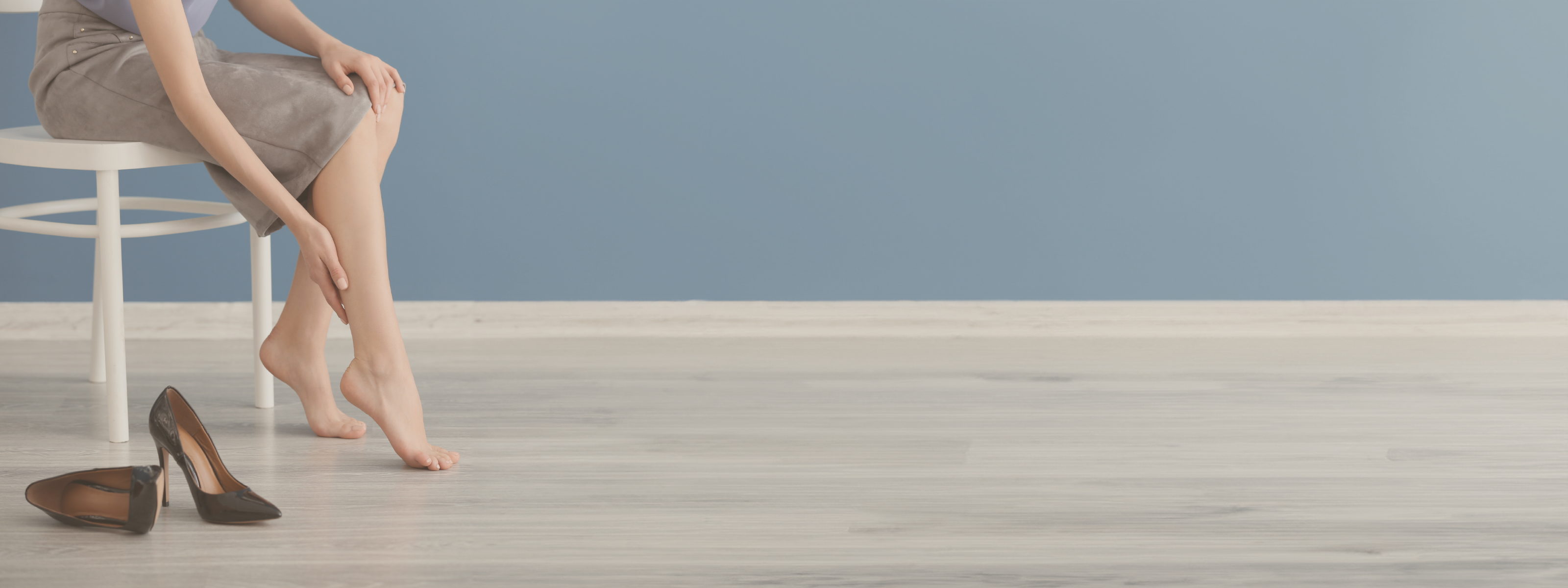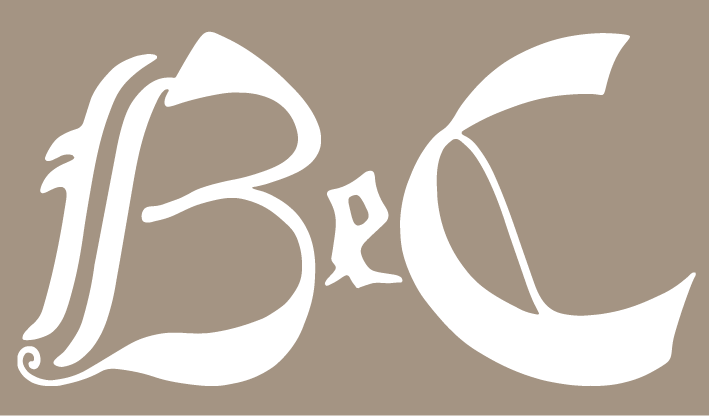
HOW TO PREVENT SWELLY LEGS AND HELP CIRCULATION WITH PROPRIOCEPTIVE EXERCISES
A sedentary lifestyle is the first enemy of circulation both during pregnancy and without.
I am often asked how to combat water retention and swollen legs.
The heaviness that hits them is defeated with the movement, specific exercises and the right care with massages.
The important thing, as scientific evidence shows, is do physical activity every day, for at least 30 minutes, on a regular basis, but without getting too tired and concluding with a cool-down routine.
Walking, cycling, functional circuits are excellent in this regard. Above all, it is the regular movements of the calves that reactivate the circulation, which is too often limited by too much time spent sitting or standing.
Here are some simple exercises and recommendations to regain the health and efficiency of our legs
- Foot activation
This exercise can be done while standing, sitting or even lying down with your legs bent: it consists of alternately moving your heels and then your big toes, it is excellent for pumping blood towards your feet when you feel numbness, tingling or pain in your legs.
Sit on a chair, back straight and legs slightly open at a right angle. Raise your big toes while keeping your heels on the ground, then lower them.
Raise your heels by resting on your big toes. You can alternate legs or do the exercise with both legs together.
To be performed for at least 5 minutes. Blood circulation will improve, especially if you suffer from water retention and have ankles that tend to swell.
- Use of balls to stimulate the sole of the foot
The use of balls for the sole of the foot is a fantastic ally for the well-being of the body: used at any time of the day, it stimulates blood circulation, reduces stress and gives relief to contracted muscles.
I recommend using this simple tool for massage and self-massage in the evening and morning, the benefits of which are reflected in the health of the whole body, so much so that it is often included in prevention and rehabilitation programmes.
Stimulating the foot allows, in other words, to also stimulate our vital energy and all internal organs.
- Foam roller or roller under the foot, thigh and leg
Gently roll the roller under the sole of the foot, calf and thigh.
This exercise:
- Relieves muscle tension
- Improves muscle elasticity
- Increases tissue vascularization
- Improves overall movement performance
- It gives a pleasant feeling of relaxation after a training session (but also after a day of work spent at the desk)
- Reduces the risk of developing adhesions
- Restores the correct length-tension relationship of the muscles
- Reduces pain after a training session
- Promotes the process of muscle recovery and regeneration
- Increases blood flow
- Prevents injuries
- Improves posture
- Reduces stiffness caused by prolonged postures
These are fundamental routines both during pregnancy and during everyday life to take care of our legs, feet, ankles, promoting circulation.
Always end your routines with a gentle, deep massage with the Crema CRP which is truly fabulous! It gives a sensation of freshness to the feet and relief to tired and heavy legs.
The feet are essential in managing venous return. They are considered as our "second heart" a peripheral pump. Take care of it!
The sole of the foot behaves like a peripheral venous pump called arteriovenous pump, which with the triceps and the twins ensures venous return.
Start with this routine by taking care of:
- Feet
- Ankles
- Gastrocnemius and twins
- Diaphragmatic breathing
Yes exactly! I'm telling you that you can improve the appearance of your legs and the feeling of heaviness with these simple exercises and by controlling your breathing! All aspects that are too underestimated even by athletes of the highest level.
Remember that a blocked diaphragm leads to:
- Reduction of lymphatic return
- Reduction of venous return
- Poor oxygenation and alveolar exchange
- Poor peripheral circulation
- Poor supply of oxygen and nutrients
- Difficulty draining waste
- Water retention
- Edemi
- Capillaries
- Varicose veins
Start your wellness routine now!


Leave a comment
This site is protected by hCaptcha and the hCaptcha Privacy Policy and Terms of Service apply.